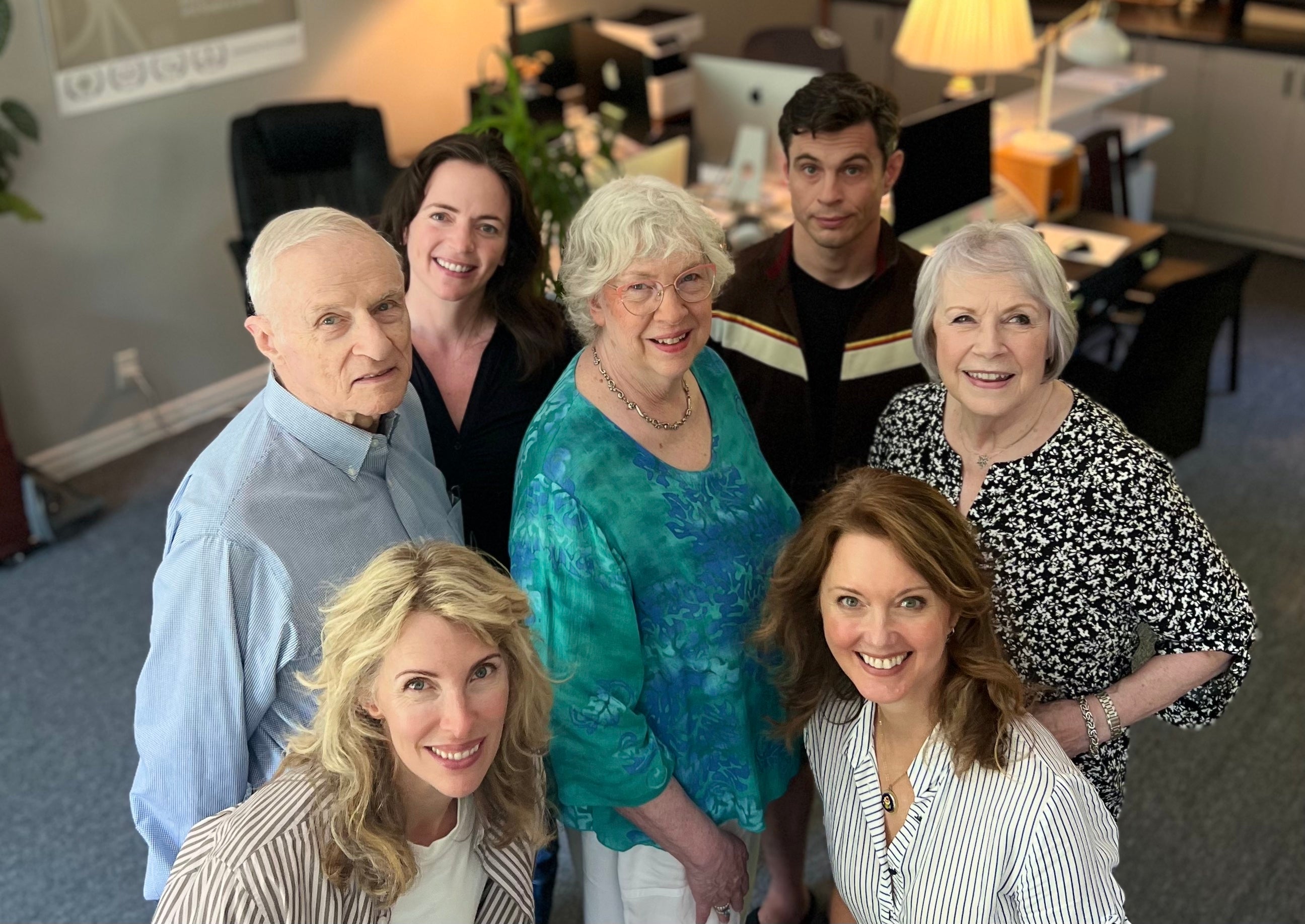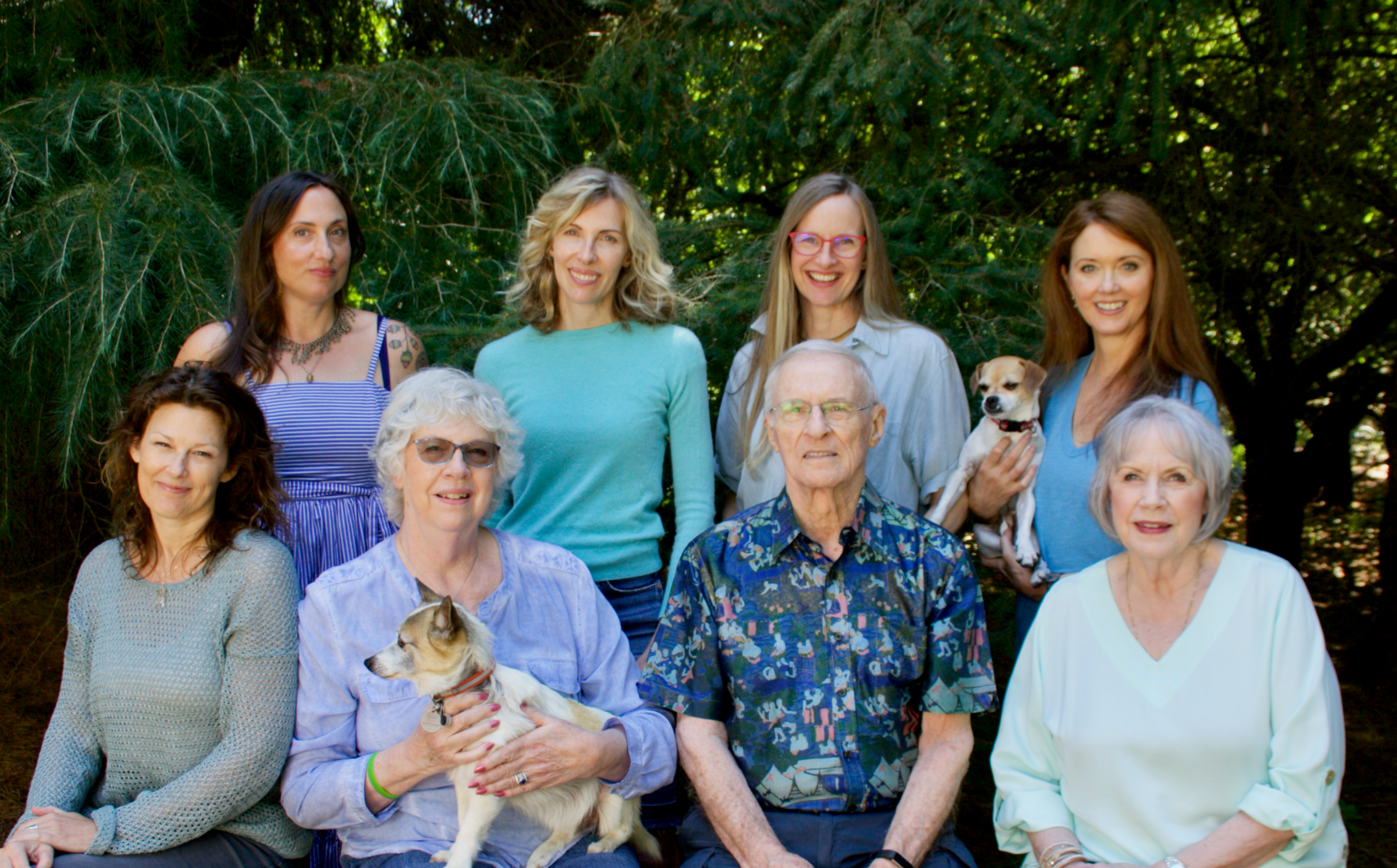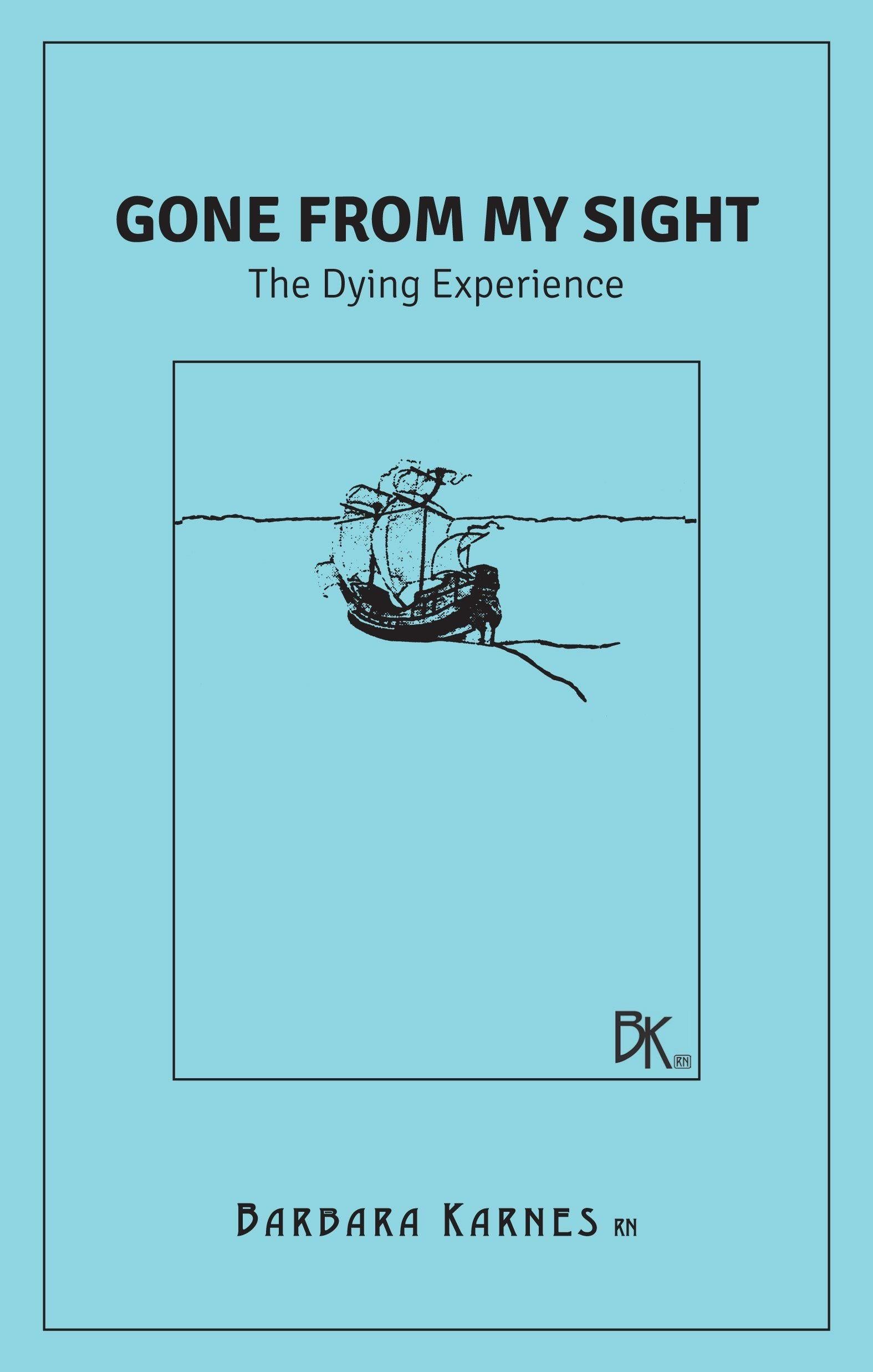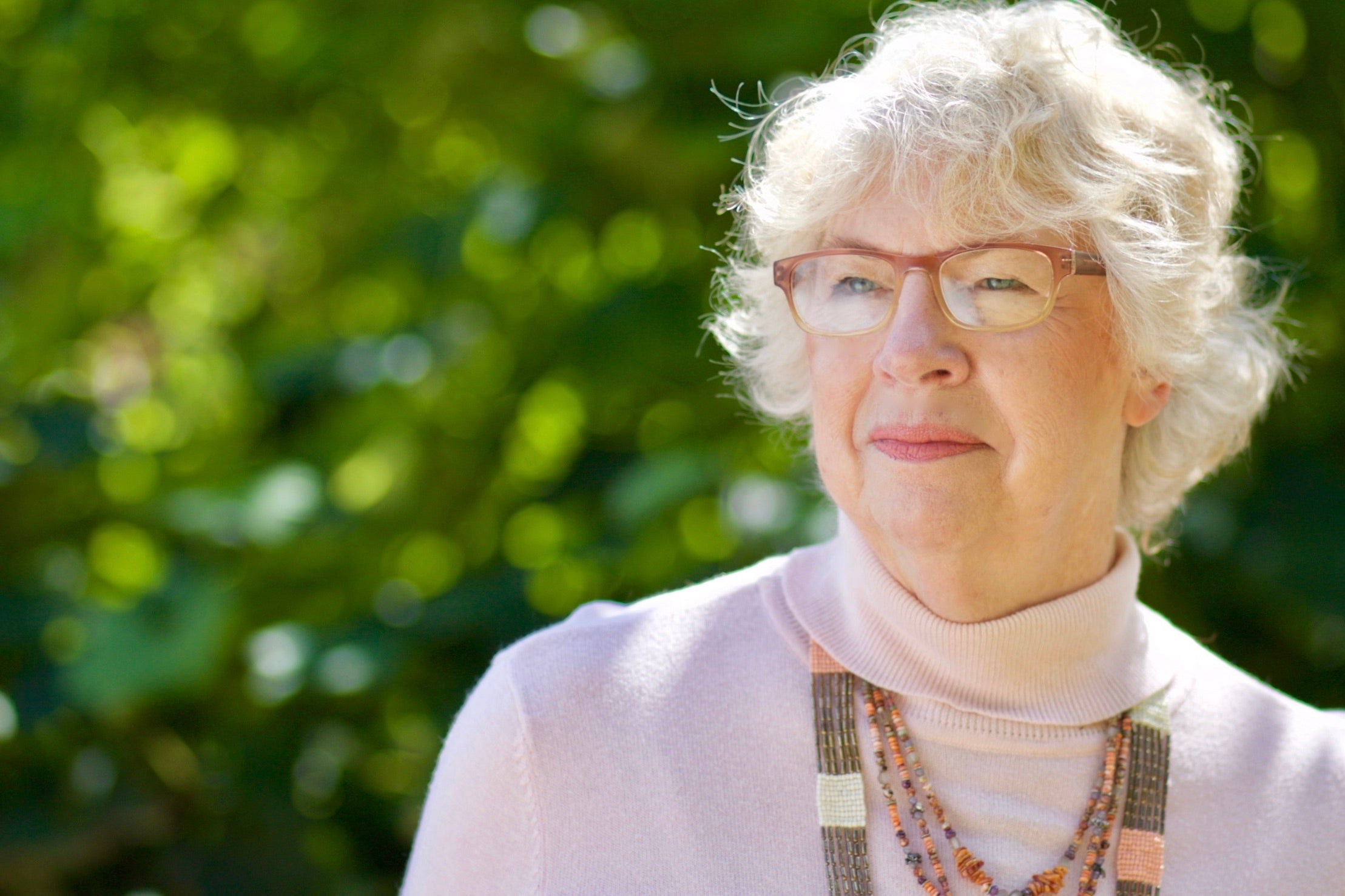What do you want me to write about? Getting a terminally ill patient to accept hospice care that is being offered to them. They really need it.
Hospice has a bad PR image. People believe hospice takes care of people who are dying. Since we are a death denying society, no one wants to hear that they need hospice services. It is a misconception that hospice takes care of people who are dying. If it did everyone would be eligible for hospice care because everyone is dying. Life is a terminal illness. That said, who does hospice take care of? Hospice takes care of people the doctors are having a difficult time fixing; people the doctors probably can’t fix. What does hospice do? Hospice helps people live until they are dead.
It is interesting that a person who can’t be fixed, who is approaching death through disease, looks very sick and often frail in the months before their death but they don’t look like they are dying or at least our idea of what a person looks like when they are dying. They have probably entered the dying process in those prior months but they don’t look like they are going to die. It is only in the weeks before death, one to three, that a person who is dying from a disease actually looks like they are dying.
Now, back to the bad PR image. People generally refer to hospice in the last weeks of a person’s life which is way too late to help the patient and is often just crisis solving with the family (because no one has come forward and said “your loved one is dying in the next few weeks or days”).
What do you say to someone to get them to accept hospice? Well, one thing to say after explaining the services hospice offers is to ask what do they think will happen if they get on hospice too soon? The answer is really a good thing---the person gets discharged from the hospice program. They have stabilized or gotten better and no longer need the guidance that hospice offers. Great! And that does happen, not a lot, but it does happen.
Getting on the hospice program when a person’s condition is deteriorating in spite of all the treatment that is being or has been done is accepting a different kind of medical help. It is not saying I have given up hope. It is not implying that I am dying tomorrow or next week but it is getting help that centers around family, the significant people in our circle of life that are affected by the life changing events that are occurring, and help for ourselves as we face life with illness, often pain, fear, and eventual death.
What is so bad or scary about that? The scary part is that everyone has to admit, on paper, that there isn’t going to be the cure everyone was praying for, life isn't going to end with happily ever after. People have to face the realities of life--everyone dies. Fortunately hospice services can support and guide everyone during that scary time. Knowledge and not being alone reduces fear. Hospice helps reduce the fear we all bring to end of life decisions. It takes courage to face reality and we can face reality best when we have all the facts and are not alone.
So how do I get someone who needs it on the hospice program? Talk with them about all of the above. The hard part then will be to stand back and let them make their own decisions. It may not be the decision we think is best for them but at least the decision will be based on fact not fear.




